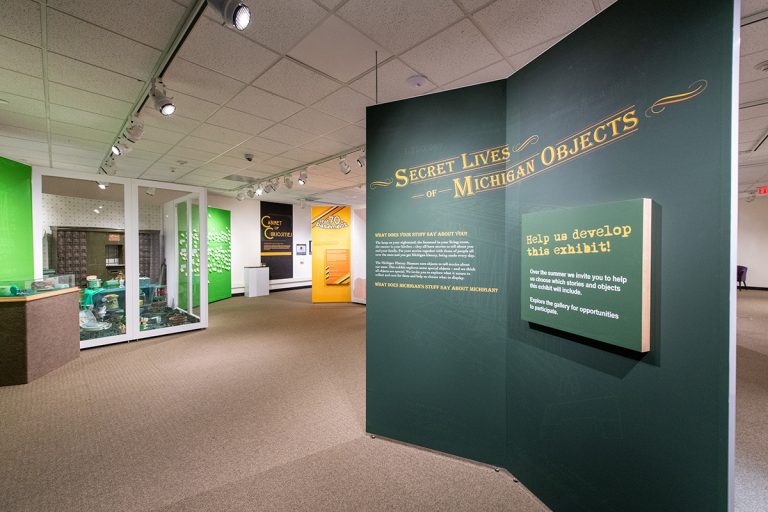Secret Lives of Michigan Objects
What does your stuff say about you? What does Michigan's stuff say about Michigan? The lamp on your nightstand, the footstool in your living room, the coffeemaker in your kitchen – they all have stories to tell about you and your family. Put your stories… Read More


